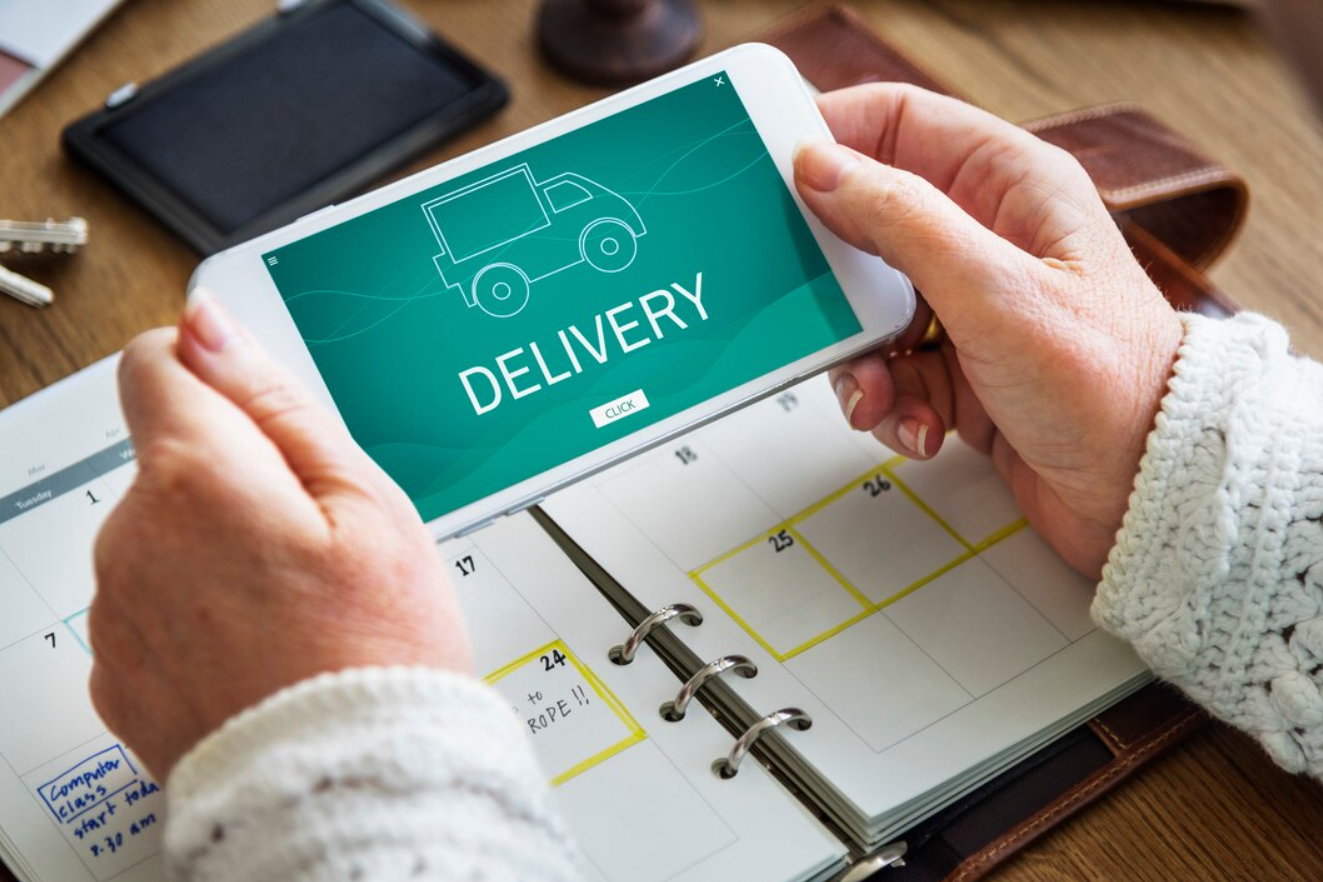Understanding the nuances of backorder and out-of-stock scenarios is critical in the ever-changing world of inventory management and retail. This comprehensive guide will explore the differences between backorders vs out-of-stock situations, how to manage them effectively, and the best practices to minimize their impact on your business. This article is essential reading for anyone in the supply chain, retail, or e-commerce sectors, offering insights into how to turn these challenges into opportunities for growth and customer satisfaction.
What Does Backorder Mean in Today’s Retail Environment?
Backorder represents a unique scenario in inventory management, where a customer can order an item that’s not immediately in stock but is anticipated to be restocked soon. This situation typically arises with popular and high-demand items, ensuring that more of the product is on its way. The key difference from a regular out-of-stock situation is the certainty of replenishment. Backordered items have a known timeline for restocking, allowing customers to place orders with the understanding that there will be a delay in shipment. This process helps maintain continuous sales and customer interest, even when immediate product availability is challenged. It’s a strategic approach to managing inventory while keeping up with customer demand for hot-selling items.
The Mechanics of Backorders: How Do They Work?
Backorders function as a crucial strategy in inventory and customer relationship management. They allow customers to reserve items that are currently out of stock but expected to be replenished. The key to successfully managing backorders lies in three main areas: inventory management, customer communication, and supply chain coordination. Effective inventory management ensures that the company clearly understands when new stock will arrive and can inform customers accordingly. Constant and transparent communication with customers about expected wait times and order status is essential to maintain trust and satisfaction. Additionally, seamless coordination with suppliers and logistics partners is critical to ensure the timely arrival and fulfillment of back-ordered items. This integrated approach helps businesses effectively handle backorders while maintaining customer loyalty and operational efficiency.
Backorder vs Out of Stock: Understanding the Key Differences
The main difference between a backorder and an out-of-stock situation lies in the availability and expected restocking of the item. A backorder implies that the item will be restocked and shipped later, whereas an out-of-stock item may not be available indefinitely.
Backorder and Out-of-Stock: Impact on Customer Experience
Inventory Management: Balancing Stock Levels and Demand
Effective inventory management is essential in striking the right balance between stock levels and customer demand. The goal is to maintain enough inventory to meet demand without overstocking, which can tie up capital and lead to excess storage costs. This balancing act requires precise forecasting techniques to predict customer demand accurately. Utilizing data analytics and trend analysis, businesses can adjust their inventory levels to align with anticipated sales, seasonal fluctuations, and market trends. Inventory management also involves regular monitoring of stock turnover rates to identify fast-moving items and adjust reorder points accordingly. By efficiently managing inventory, businesses can minimize the risk of stockouts, reduce holding costs, and ensure that they can promptly fulfill customer orders, ultimately leading to increased customer satisfaction and improved business performance.
The Role of Warehouse Efficiency in Preventing Backorders
A well-organized and efficient warehouse is pivotal in mitigating the risk of backorders. The cornerstone of effective warehouse operations is precise inventory tracking and management. When warehouse systems are optimized, they provide real-time visibility into stock levels, facilitating timely replenishment and preventing stock shortages. This efficiency is achieved through streamlined processes, advanced tracking technologies, and strategic layout planning, ensuring inventory is always ready to meet customer demands. By maintaining an organized and responsive warehouse environment, businesses can significantly reduce the occurrence of backorders, thereby enhancing customer satisfaction and maintaining a smooth supply chain flow. This proactive approach to warehouse management is a key element in sustaining operational excellence and reliability.
Accepting Backorders: Pros and Cons
Accepting backorders can be a strategic decision for businesses, but it has pros and cons that need careful consideration.
Pros:
- Continued Sales: Even when items are out of stock, accepting backorders allows businesses to continue making sales, preventing revenue loss.
- Customer Retention: Offering backorders can keep customers engaged with your brand, even during stock shortages, as they are assured of eventually receiving the product.
- Demand Insights: Backorders provide valuable insights into customer demand, helping businesses plan better for future inventory needs.
Cons:
- Customer Frustration: Extended wait times can lead to customer frustration and dissatisfaction, potentially harming the brand’s reputation.
- Inventory Management Challenges: Managing backorders requires a robust inventory system to track and fulfill orders effectively, which can be complex and resource-intensive.
- Cash Flow Implications: There’s a risk of tying up capital in inventory that might take longer to turn into revenue, affecting the business’s cash flow.
Balancing these factors is key to effectively leveraging backorders as part of a comprehensive inventory and sales strategy.
Backorder Fulfillment: Best Practices for Success
Effective backorder fulfillment hinges on transparent and consistent communication with customers. Clear information about expected delays sets realistic expectations and helps maintain customer trust. Regular updates on the order status keep the customer informed and engaged throughout the waiting period. These updates can include information on the progress of restocking, anticipated shipping dates, and any changes in the delivery timeline. Additionally, having a streamlined process in place for fulfilling backorders as soon as the stock becomes available is crucial. This involves efficient coordination between inventory management, warehouse operations, and shipping departments to expedite the process. By prioritizing these aspects of backorder management, businesses can enhance customer satisfaction, even when immediate product availability is a challenge.
Tips for Minimizing Backorders in Your Business
To minimize backorders, businesses should invest in robust inventory management systems, analyze market trends to forecast demand accurately, and maintain a small amount of safety stock for high-demand items. Read more about outsourcing inventory management here!
Conclusion: Mastering the Art of Backorder and Stock Management
In conclusion, effectively managing backorders and out-of-stock situations is crucial in today’s dynamic retail landscape. Understanding the nuances between backorder and out-of-stock scenarios is key to making informed decisions that balance customer satisfaction with operational efficiency. The strategies outlined in this guide, from robust inventory management to proactive customer communication, are essential tools in this endeavor. By implementing these practices, businesses can minimize the negative impacts of stock shortages and leverage these situations to build customer trust and loyalty. Ultimately, mastering the art of backorder and stock management is vital to a successful business strategy, ensuring that companies can thrive even in the face of supply chain challenges.
Get in touch with PhaseV now for the best e-commerce fulfillment services!




